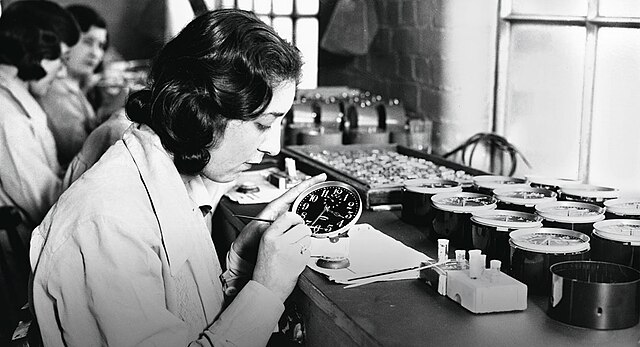 ORAU: Then & Now
Posts in History Category
ORAU: Then & Now
Posts in History Category
2025

By the mid-1920s and into the 1930s, a rash of radium-related illnesses began to emerge including hundreds of instances of severe anemia, radiation poisoning, bone fractures and necrosis of the jaw, a condition that came to be known as “radium jaw.” The common denominator in these cases: the sick had worked as radium dial painters.
The Children’s Museum of Oak Ridge has opened an exhibit introducing the life and legacy of Alvin Weinberg, visionary nuclear physicist, who was once director of Oak Ridge National Laboratory and was the founder of the Institute for Energy Analysis at ORAU.
Why did ORAU build and donate a Van de Graaff generator to the American Museum of Science and Energy? The hair-raising history dates back to the Atoms for Peace program that was established after WWII
Dr. Marshall Brucer recognized the need for a more accurate and realistic way to measure radiation exposure in humans, so he created a manikin (sometimes called a “phantom”) that is about the size of a grown adult female, and it was filled with a material that simulates the density of human tissue.
The fascination with all things nuclear started during World War II and continued for a couple decades. What fed into (and perpetuated) the craze? This blog offers four reasons nuclear science was at the forefront of pop culture throughout the 1950s and 60s
In the ORAU Museum of Radiation and Radioactivity, you will find hundreds of items that chronicle the history and commercialization of radiation and radioactivity. The collection includes a lot of dosimeters: film dosimeters, pocket dosimeters, thermoluminescent dosimeters, you-name-it-we-probably-got-it-dosimeters! Take a look at what these gadgets do and how they’ve been used through the years.
The History of ORAU is rooted in the years leading up to when it was established—specifically in the Manhattan Project, the top-secret program created to build the first atomic bombs during WWII. So, how did building nuclear weapons lead to the birth of ORAU? This blog explains.
Perhaps, what ORAU is most known for during our early years is our Medical Division. In the 24 years of operation, the Medical Division of ORAU advanced nuclear medicine and cancer treatment in seven tangible ways. This list includes the highlights from a couple dozen years of research and practice.
ORAU Chief Scientist Nazareth Gengozian blazed a new trail when he established a colony of South American marmosets for his research in 1961. He was developing a basic marrow transplant program to explore the feasibility of performing transplants in patients with cancers that begin in immune system cells or bone marrow.